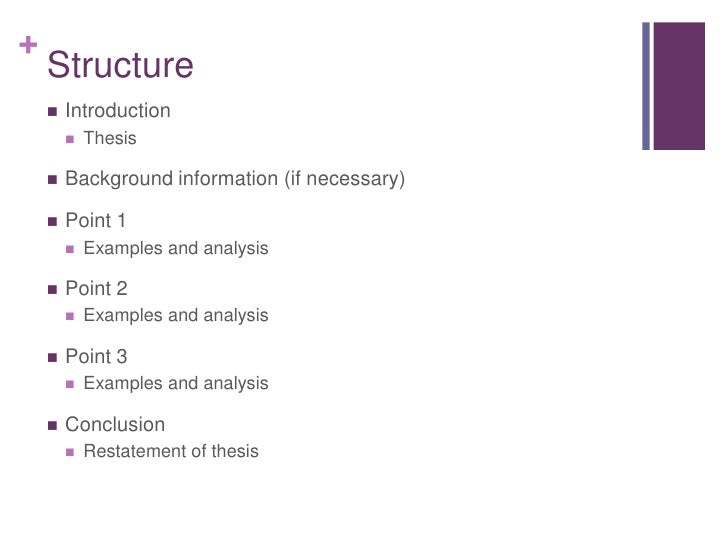
A rapid growth in renewables and the shift from coal to gas thanks to the shale revolution reduced carbon emissions by 16.6% between 20. In the US, transformations underway in the power sector were the main drivers. Regions and countries with the most mature economies, such as the European Union, the United States and Japan, have gradually reduced their carbon emissions over the past two decades.


Historical growth in CO 2 emissions and future contributions to global carbon concentrations vary geographically depending on resource endowments and level of economic development. To achieve this, they start falling at an increasing pace reaching 2% annual reduction in 2020s and 4.6% in 2030s. The IEA’s SDS shows that energy-related CO 2 emissions need to be 52 % below the current level by 2040 to be on track with the Paris Agreement. To reach long-term climate change mitigation targets, emissions need to peak around 2020 and decline steeply thereafter, requiring a rapid reversal of the rebound seen during the last two years. The increase in emissions was driven by higher energy consumption resulting from a robust global economy as well as from weather conditions in some parts of the world that prompted higher energy demand for heating and cooling.Ĭurrent and planned policies, including countries’ Nationally Determined Contributions (NDCs), do not follow a Paris-compliant emissions trajectory: the increases of the past two years confirm that we are off track. Global energy-related CO 2 emissions rose by 1.7% in 2018, the second consecutive year of growth after three flat years, reaching a historic high of 33 Gt. Finally, energy investment decisions preview of what the types of energy technologies that are about to be built, giving an indication of future clean energy technology deployment and emission reduction potential. Decoupling of economic growth and energy demand is equally crucial to a clean energy transition and tracked by changes in primary energy intensity. making it lower, can be by electrifying end-use subsectors, provided that the electrification is based on low-carbon power generation. One way of improving this indicator, i.e. The analysis begins with an assessment of the carbon intensity of final energy demand to gain a better understanding of how much CO 2 is emitted per unit of the energy consumed. The Sustainable Development Scenario (SDS) explores pathways to reach climate change mitigation targets, cleaner air and universal energy access goals, the key elements of a clean energy transition. The Stated Energy Policies Scenario (STEPS) reflects the impact of existing policy frameworks and further policy initiatives already announced. The presentation of clean energy transition indicators below therefore combine historical data with the World Energy Outlook’s two main scenarios. Insights into the future impacts of today’s energy choices, based on current policy plans and investment choices, combined with a sense of what can be done differently in order to reach climate, energy access, pollution and other sustainability goals, set a framework against which indicators can be used to assess progress. To most effectively track progress with clean energy transitions requires an understanding of what a clean energy transition could look like.

Together, they set up an accessible and comprehensive tracking framework that contributes to effective and well-co‑ordinated policy-making. Through this, the clean energy transition indicators can breakdown higher-level climate and energy objectives into measurable and identifiable areas for enhanced action that can act as levers to accelerate the transition. Further, cross cutting drivers, such as investment in low-carbon technologies, are included. In parallel, they track power generation decarbonisation and progress on energy integration technologies. Working from the bottom up, the indicators incorporate information on changes in the economy’s energy intensity and the carbon intensity of energy supply across industry, buildings and transport end-use sectors.


 0 kommentar(er)
0 kommentar(er)
